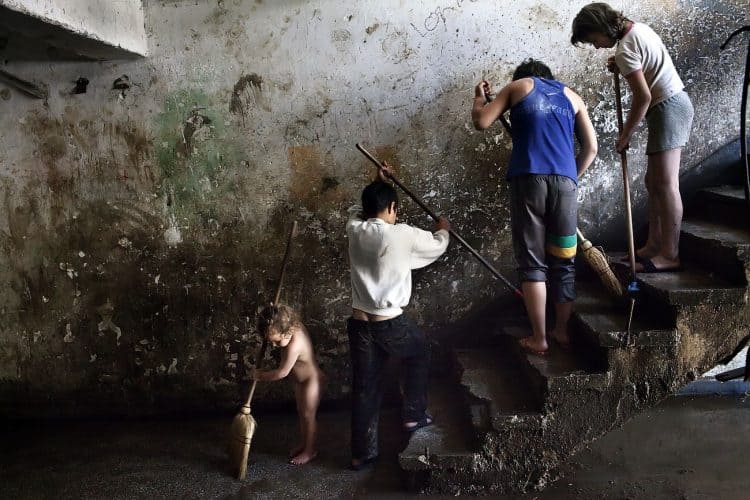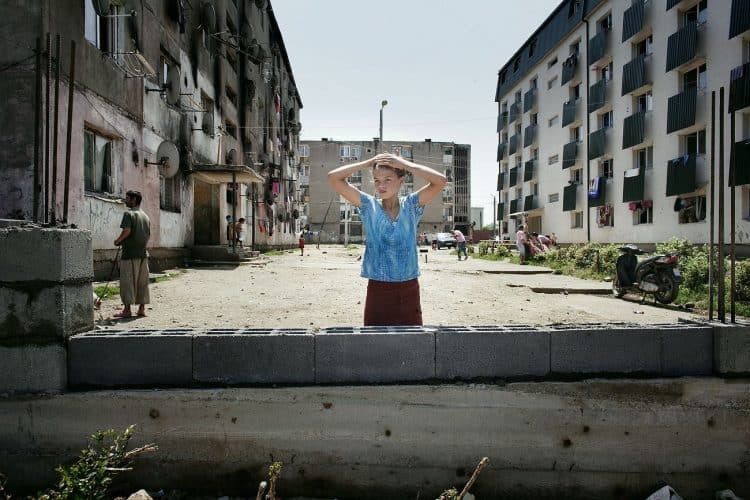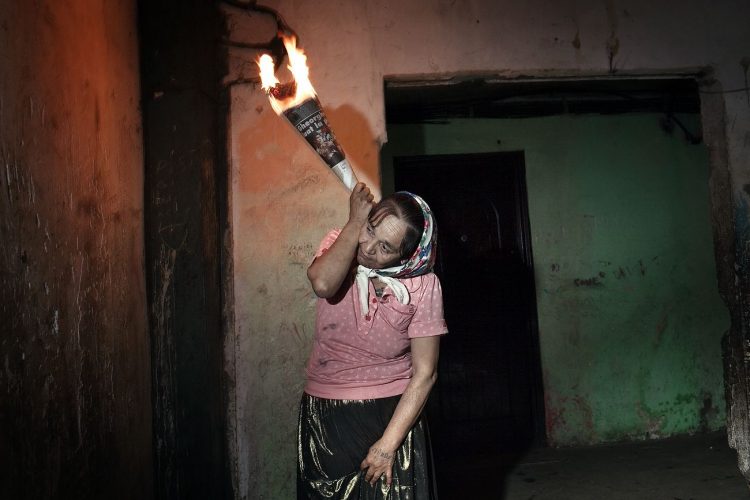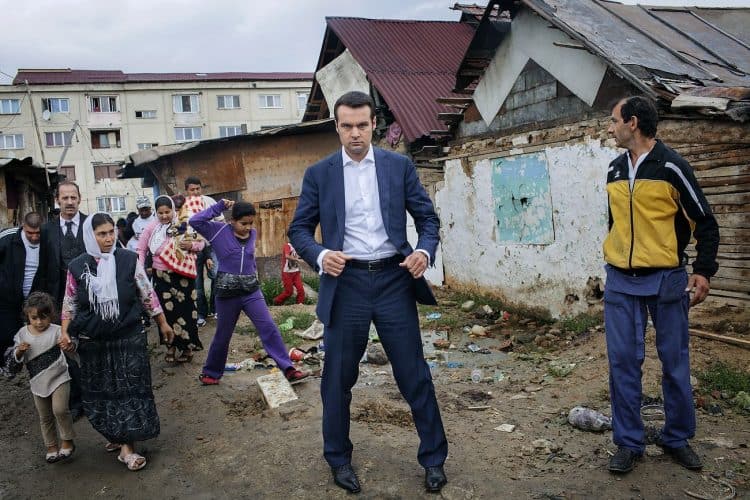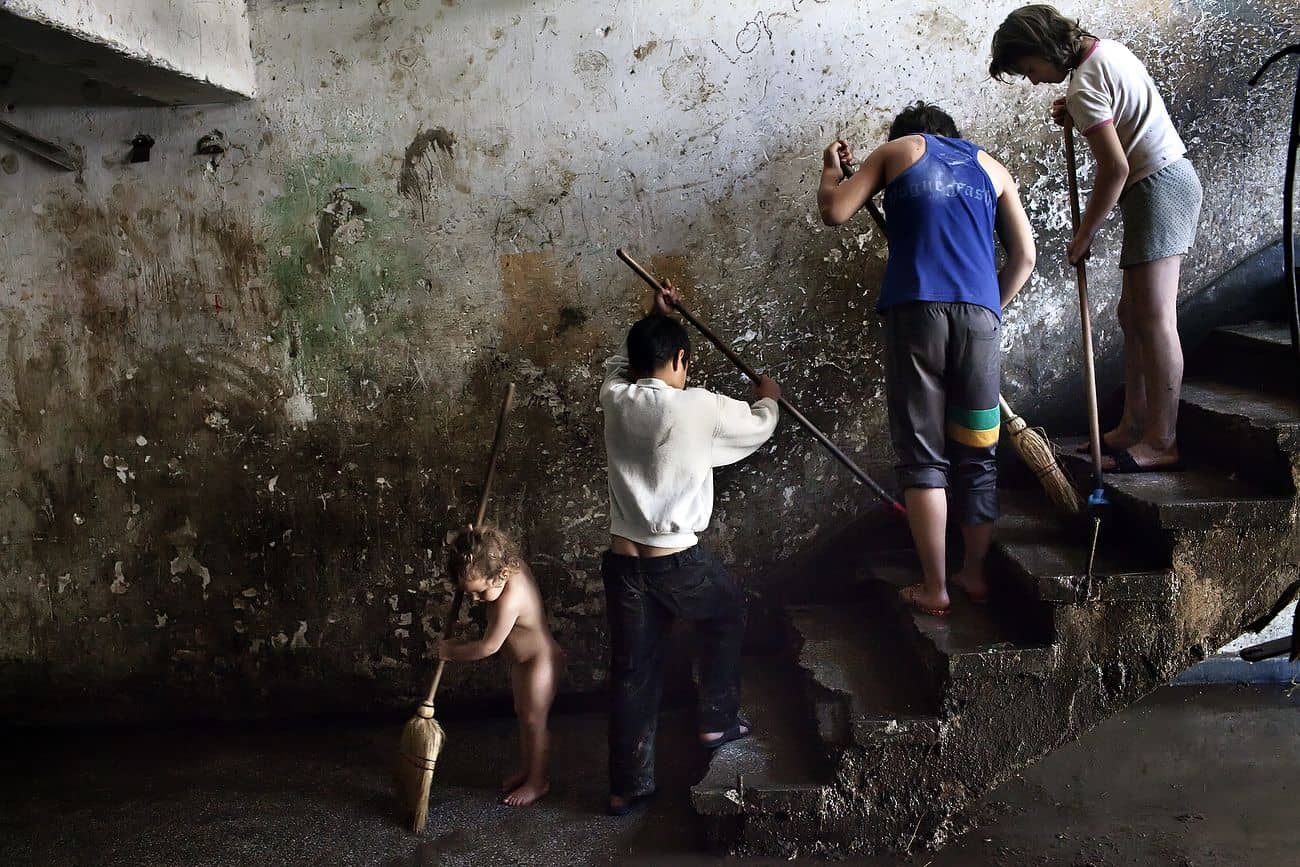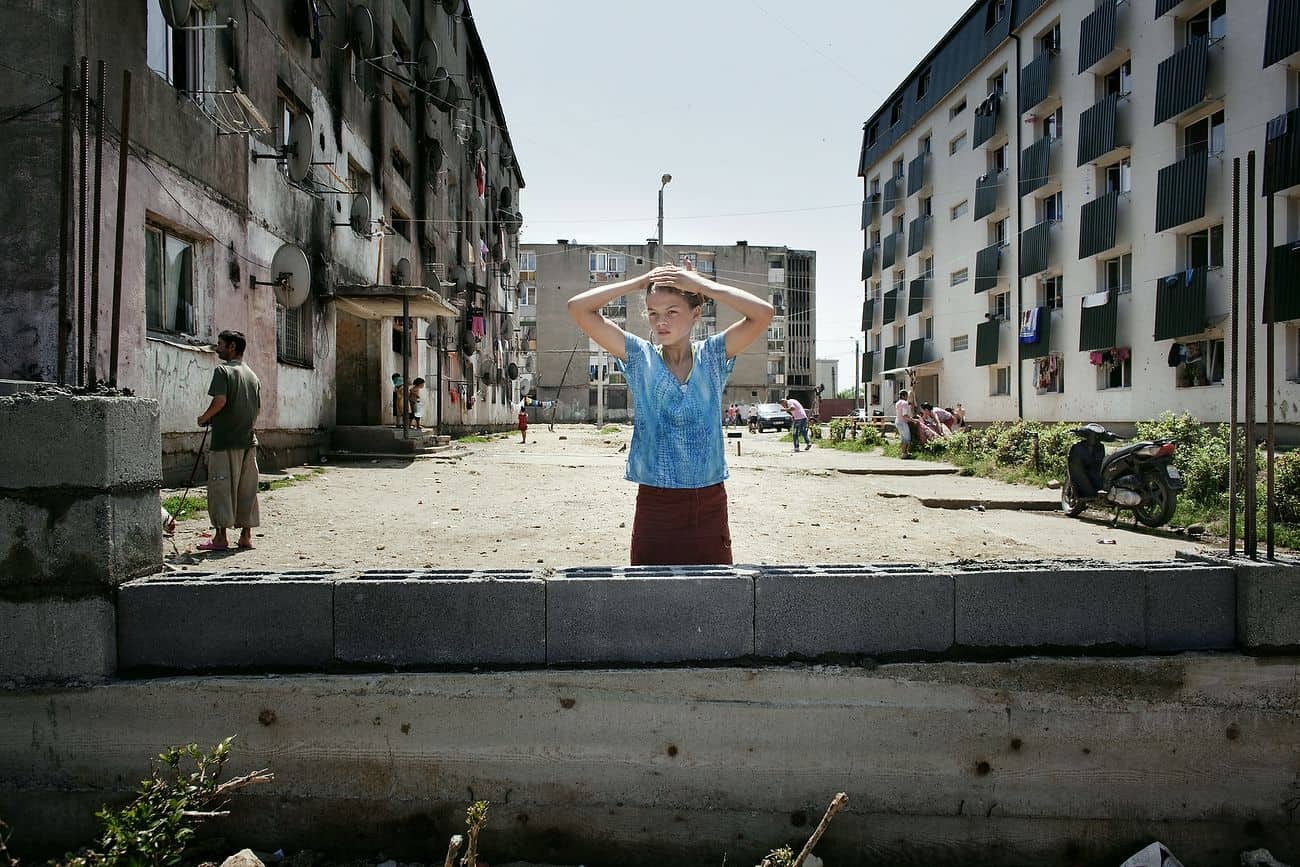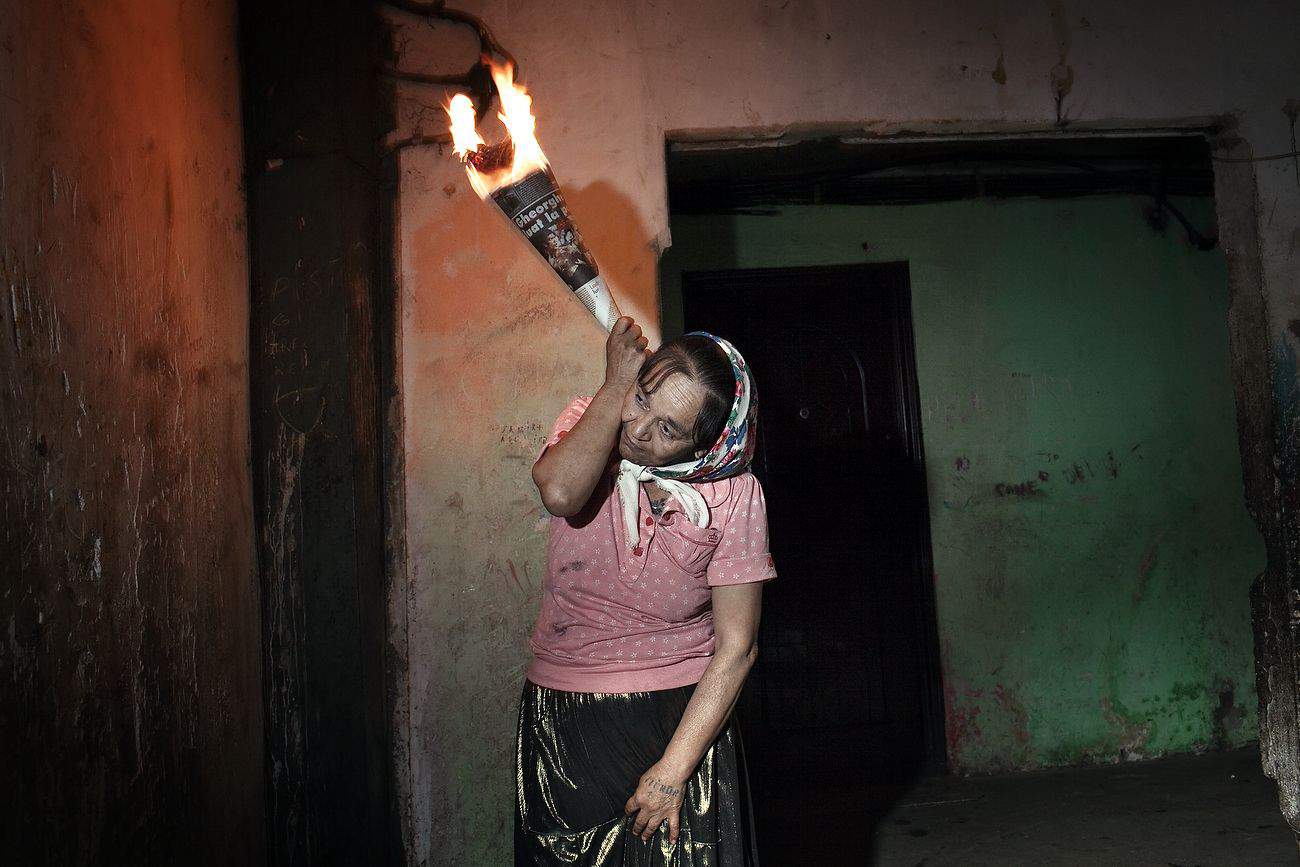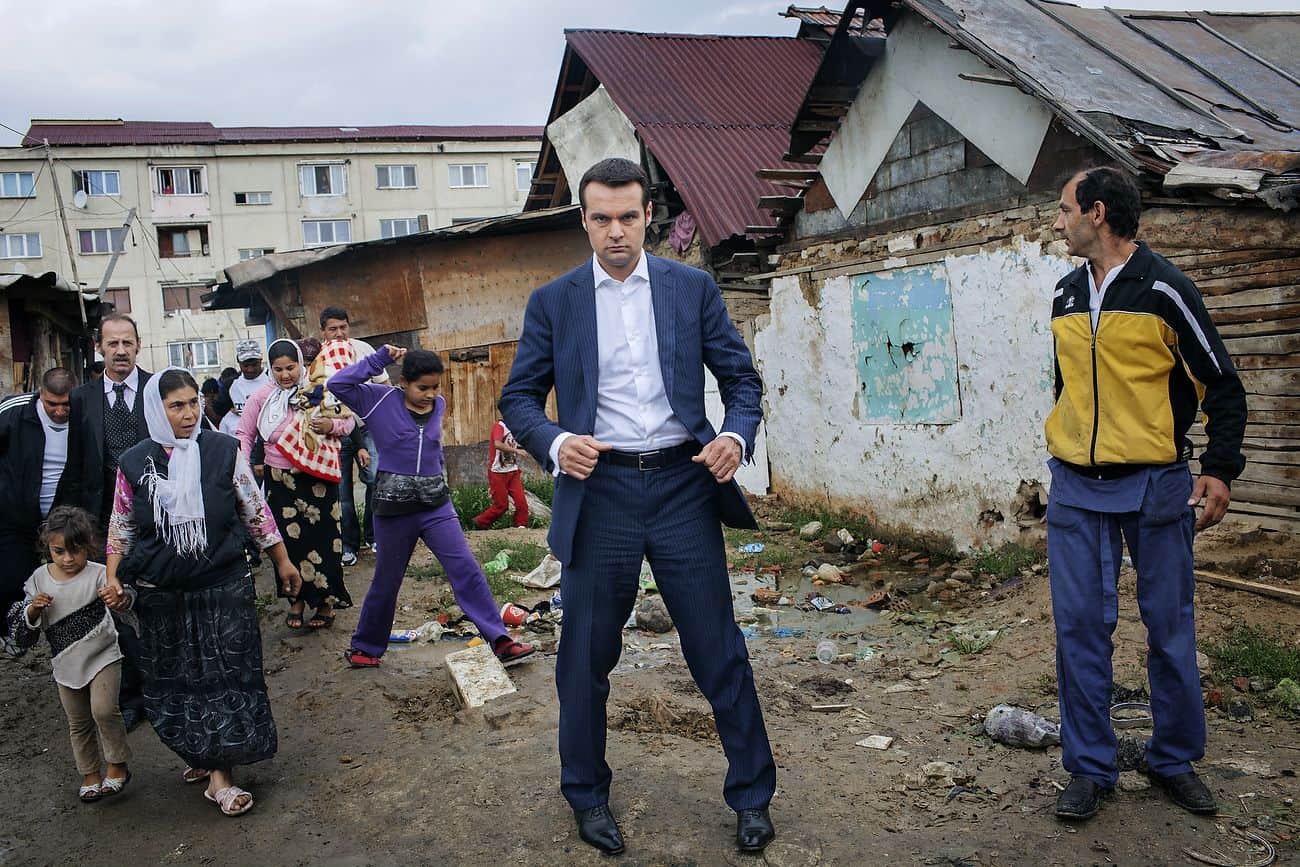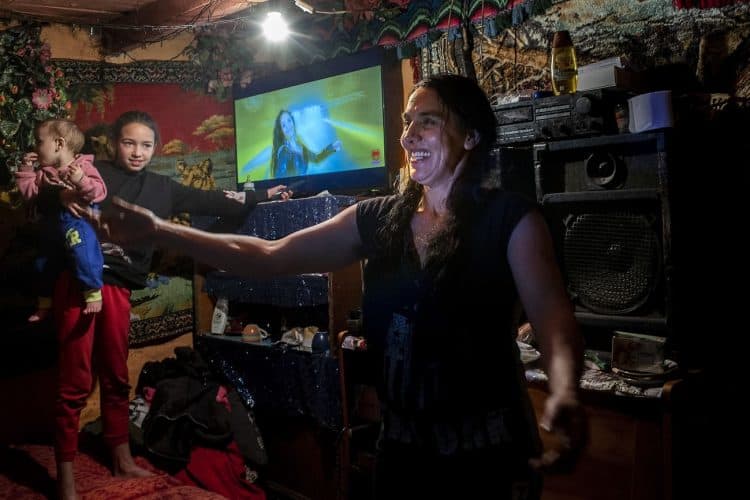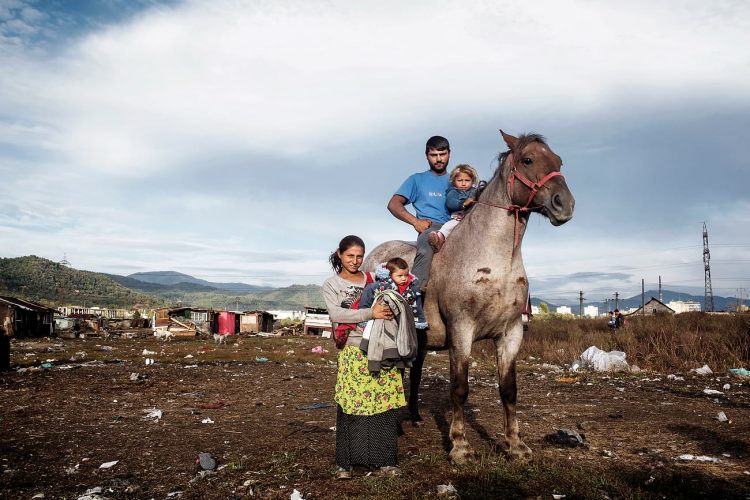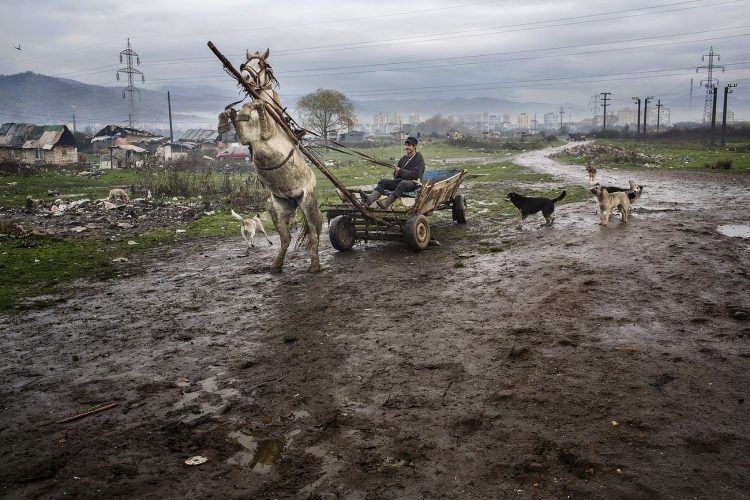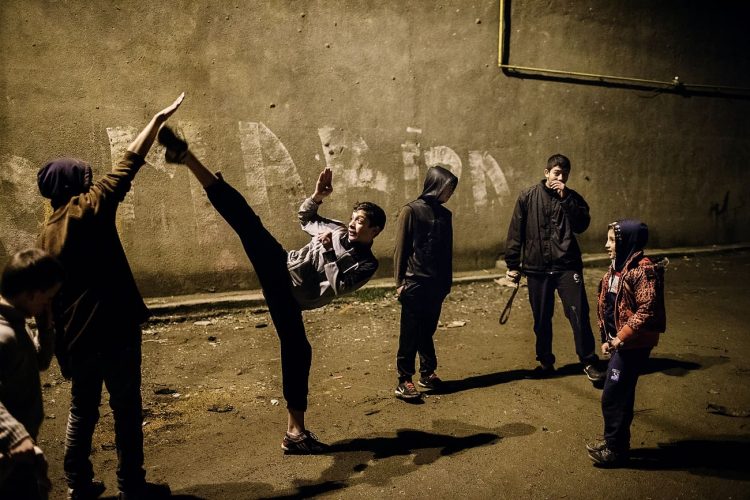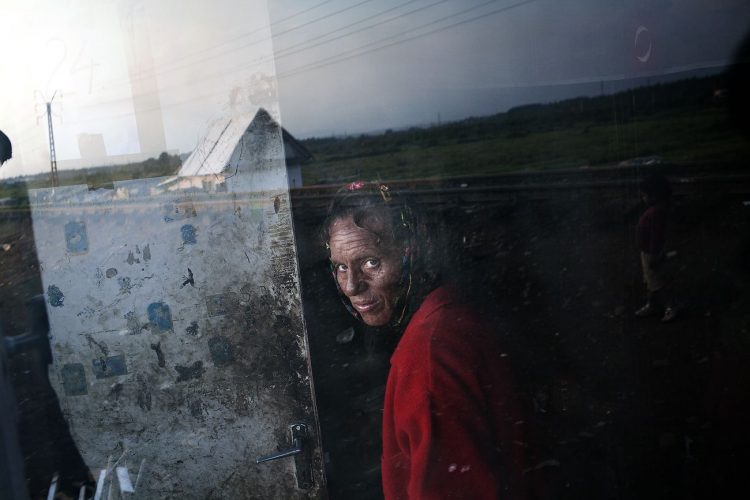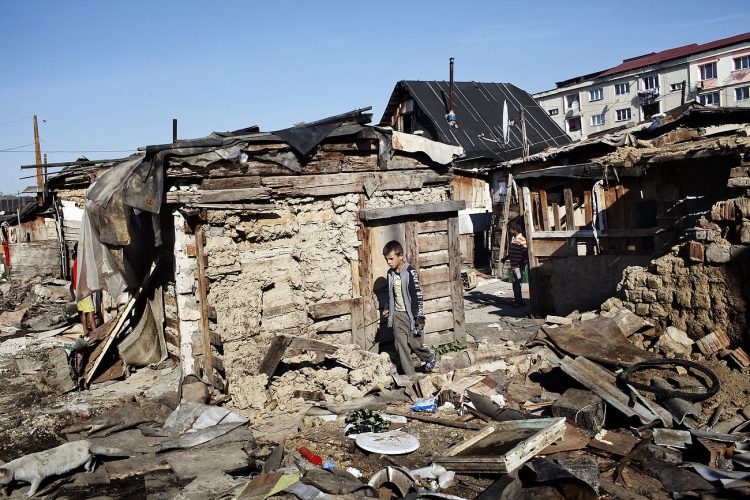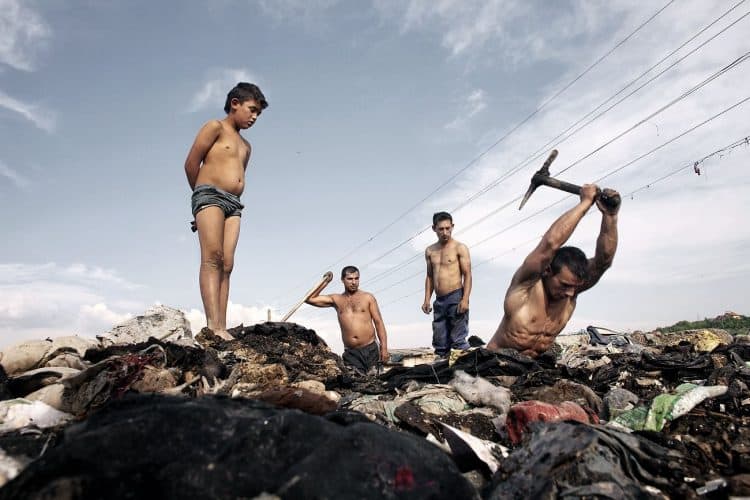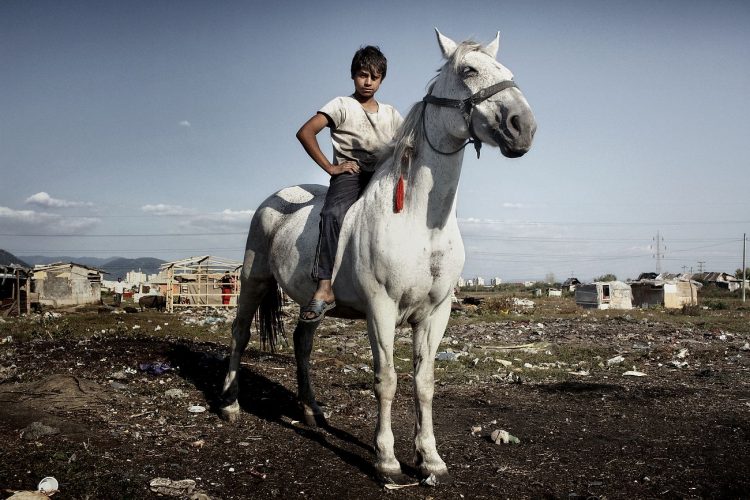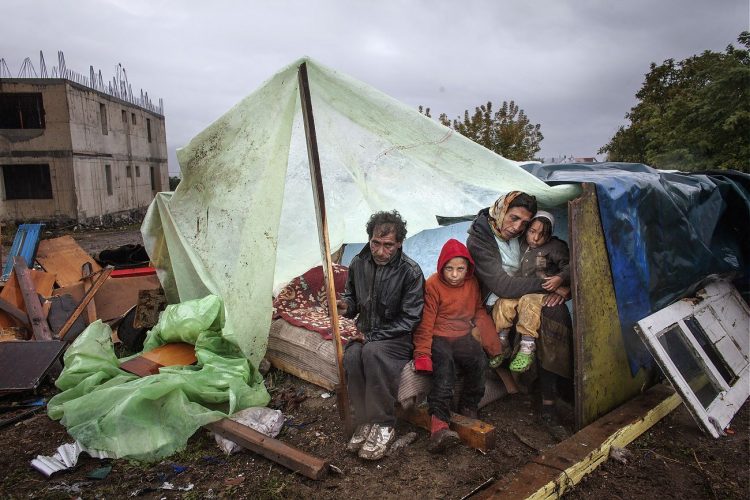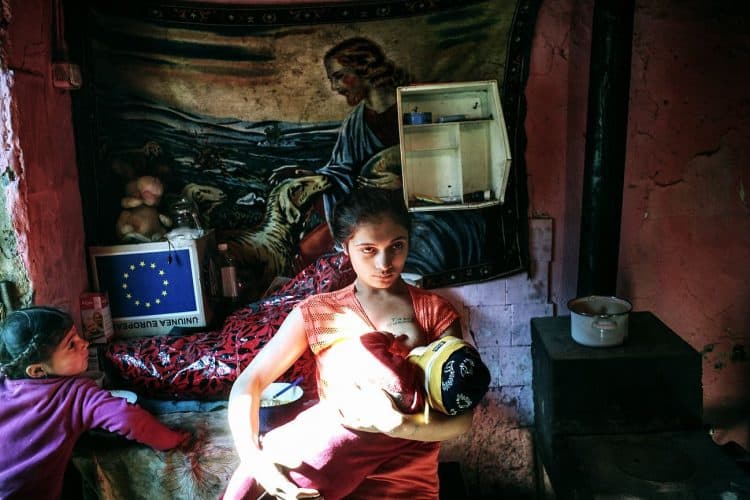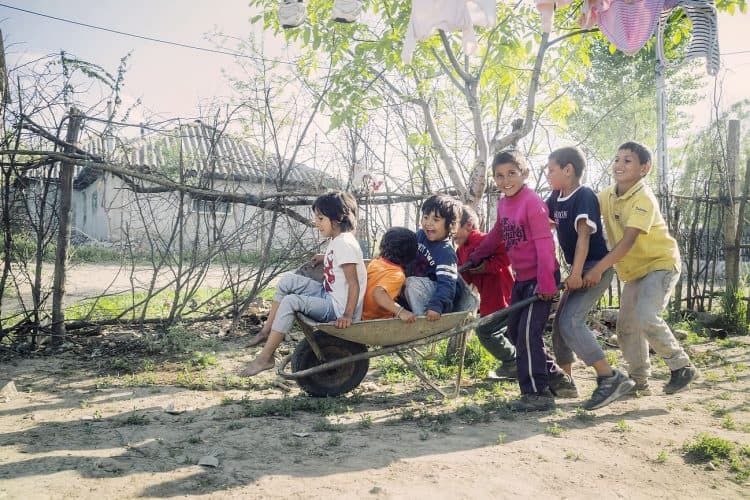The plan to wall in the complex was justified in the mayor’s eyes by the bad behavior of Roma kids who allegedly throw rocks at passing by cars and by the occasional traffic accidents reported in the area. The plan also included adding video cameras and a police station to monitor the situation in the complex.
Facing media pressure, the mayor altered his original plan, which originally included only one access point, and began building the wall on the last remaining open side of the complex. Building walls around every community where uneducated kids are to be found, regardless of their ethnicity, will bankrupt this country. The truth is that this wall has no other reason than to segregate the community.
The living conditions in this social complex are so bad that even Roma people living in makeshift settlements, who have pending applications for proper housing that date back ten years, refuse to move to Horea Street.
The authorities pretend to ask of the Roma that they send their kids to school, but we never wonder whether those kids have the facilities where they can wash or are able to have a decent breakfast before attending classes. Given they live in totally inhumane conditions, “facilities where they can wash” are completely out of the question: without direct access to running water, every woman and child has to make five or six trips to collect water from a nearby pump every day. Such a task would drive even Sisyphus insane.
